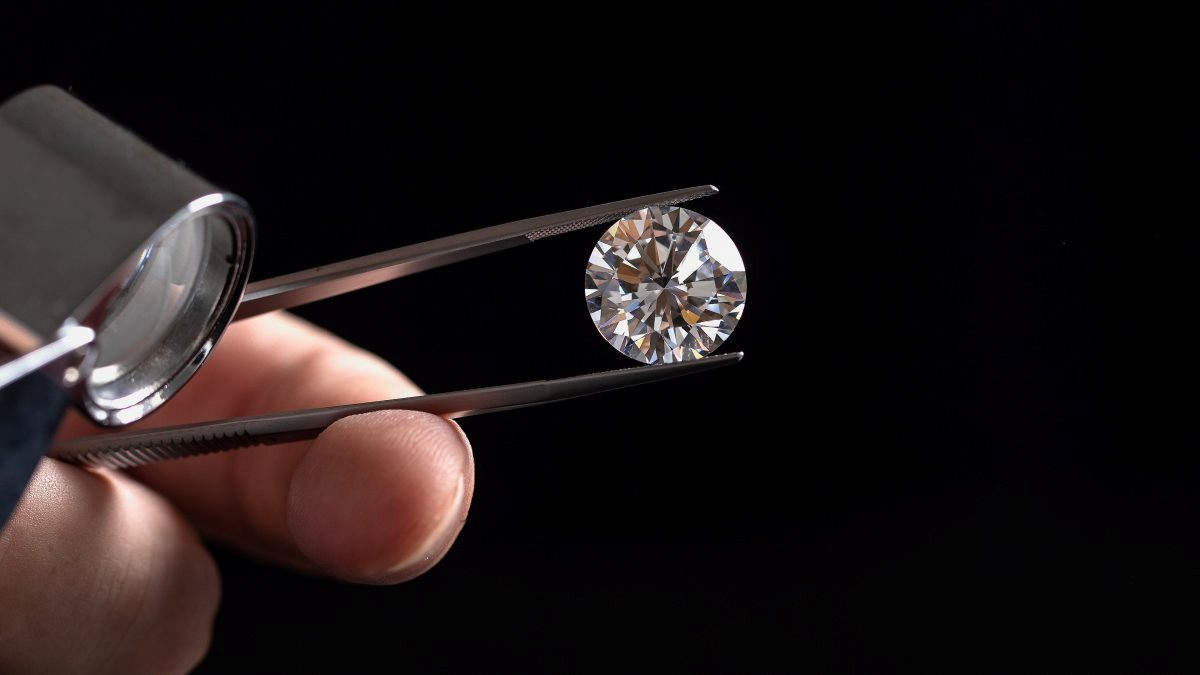
Veteran experts in the field say the boom period of lab-grown diamonds has ended and the prices of lab-grown fashion diamonds will continue to drop this year.
Paul Zimnisky, a leading diamond analyst, predicts that diamond companies will scale back their lab-grown diamond operations and focus on natural diamonds in the coming year. In fact, most diamond firms aren’t even concerned with stocking lab-grown diamonds and only purchase them on a consignment basis, he told Business Insider.
It’s a far cry from what jewelers have been doing since 2018, when the lab-grown diamond craze exploded.
“Some of the hype is fading,” Zimnisky said, referencing how retailers such as Walmart and Pandora have started pushing lab-grown diamonds. “That’s what’s making them much more commonplace.”
He predicted that lab-grown diamond prices will continue to drop in the coming year. Without setting a specific target price, Ziminsky believes prices for these diamonds will have a similar drop to 2023, estimated around 20% within the next 12 months.
Cormac Kinney, CEO of Diamond Standard, believes the decline could be even more significant as the novelty of lab-grown diamonds wanes. He estimates that the final price of a lab-grown diamond could drop an additional 50-80%.
“Fashion jewelry is always worth half as much as real jewelry,” Kinney said. “Only the real thing is truly scarce.”
It’s not hard to see why lab-grown diamonds became so popular in 2023. Even A-listers like Emma Watson and Meghan Markle have enjoyed buying jewelry featuring lab-grown diamonds – they’re cheaper and – essentially – the same as natural diamonds to the naked eye.
“In essence, it’s an artificial version of one of mankind’s most valuable natural resources,” Zimnisky said of this type of diamond. “It allows consumers to buy a diamond at an affordable price that if it were a larger natural diamond, it would be priced in the hundreds of thousands of dollars.”

But the allure of lab-grown diamonds diminishes as they become more widely available. Zimnisky estimates that lab-grown diamonds currently account for about 20% of the total diamond market, up from nearly 0% in 2015.
Tenoris data shows that sales of jewelry featuring lab-grown diamonds increased by 51% in the 12 months ending in November 2023, while sales of loose lab-grown diamonds rose 47%.
But the price of lab-grown diamonds has actually dropped since 2015, considered the first year they became popular. Back then, a lab-grown diamond was priced around 10% less than a natural diamond. Today, they’ve dropped about 90% in price, Zimnisky estimates.
Of course, that doesn’t mean the demand for lab-grown diamonds will disappear. It certainly still appeals to some buyers, but sales growth may slow down. Zimnisky estimates that the growth in sales could drop to single digits this year, compared to a steady 20-30% during the boom period.
For those who have already purchased lab-grown diamonds, some may be stuck. According to Kinney, pawnshops are offering as low as 10% for the value that customers paid for a synthetic diamond. “Jewelers are telling me that an increasing number of couples marrying at 1-3 years are replacing synthetic diamonds with a smaller natural diamond instead.”





































